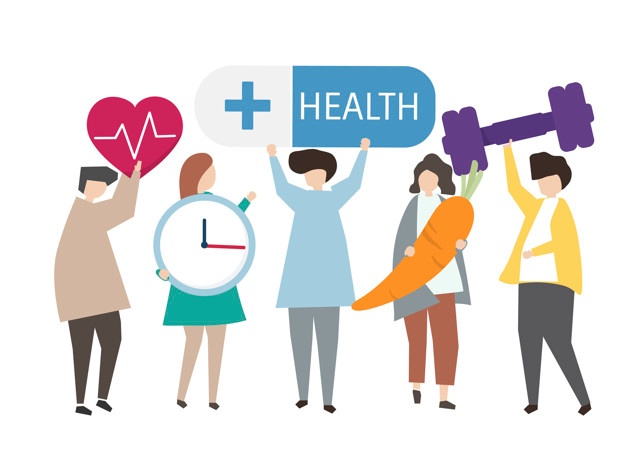Seven healthy habits can almost halve people’s risk of suffering a life-threatening stroke, according to new research.
They include being active, eating better, losing weight, quitting smoking and maintaining normal blood pressure.
The others are controlling cholesterol and reducing blood sugar. They have been dubbed ‘Life’s Simple 7’—and also protect against heart disease and Alzheimer’s.
Lead author Professor Myriam Fornage, of Texas University in Houston, said their study confirmed modifying lifestyle risk factors can even offset a genetic risk of stroke.
Cardiovascular diseases, including strokes, are the world’s biggest cause of death globally.
Fornage and colleagues tracked around 11,500 people in the US aged 45 to 64 for an average of 28 years.
Participants were given a ‘stroke polygenic risk score’—based on blood tests that identified mutations linked to the condition. Those who scored highest and had the worst cardiovascular health had the highest lifetime risk of 25 percent.
But for those who had practiced Life’s Simple 7 it fell by 30 to 45 percent, regardless of their level of genetic risk. It added up to nearly six more years of stroke-free life, for the 6% of cases that occurred in this group.
POPULAR: Microscopic Robots Made from White Blood Cells Could Treat and Prevent Life-Threatening Illnesses
The American Heart Association put together the checklist of 7 factors for optimal heart health.
The findings in the Journal of the American Heart Association offers hope for a possible screening program.
“We can use genetic information to determine who is at higher risk and encourage them to adopt a healthy cardiovascular lifestyle, such as following the AHA’s Life’s Simple 7, to lower that risk and live a longer, healthier life,” said Prof. Fornage.
Strokes happen when a vessel is either blocked or bursts, cutting off blood supply to parts of the brain.
RELATED: Vitamin D Could Help Protect Women Against and Even Reverse Ovarian Cancer
Almost 800,000 people in the US are struck down each year and 137,000 die.
Stroke reduces mobility in more than half of survivors aged 65 and older, but it also occurs in younger adults. In fact, almost four-in-ten hospitalized patients are under 65.
Learn more at the source: UTHealth Houston.
SEND This ‘Simple 7’ Secret to Friends You Love on Social Media…




















